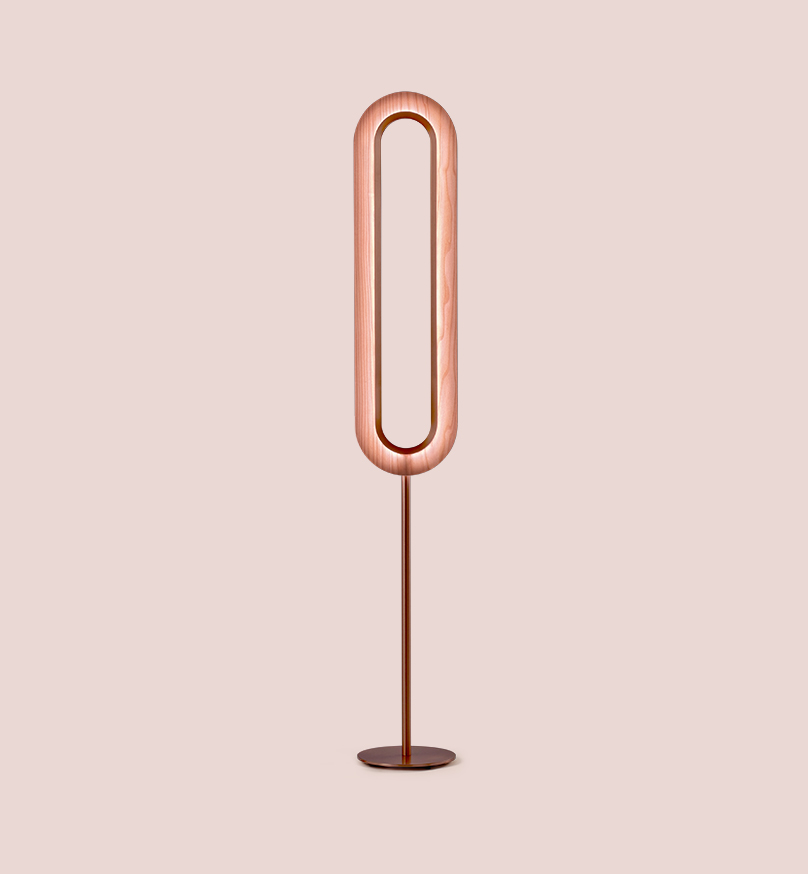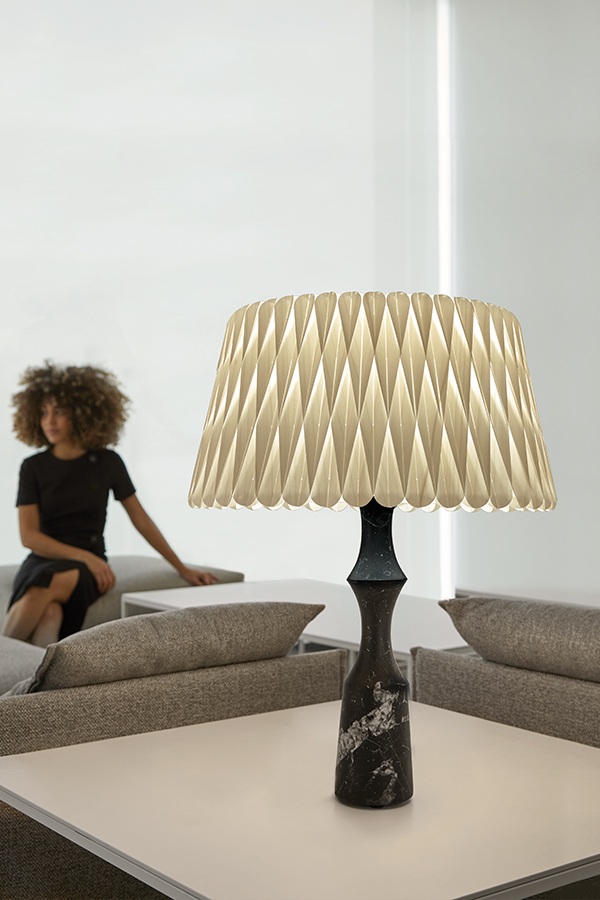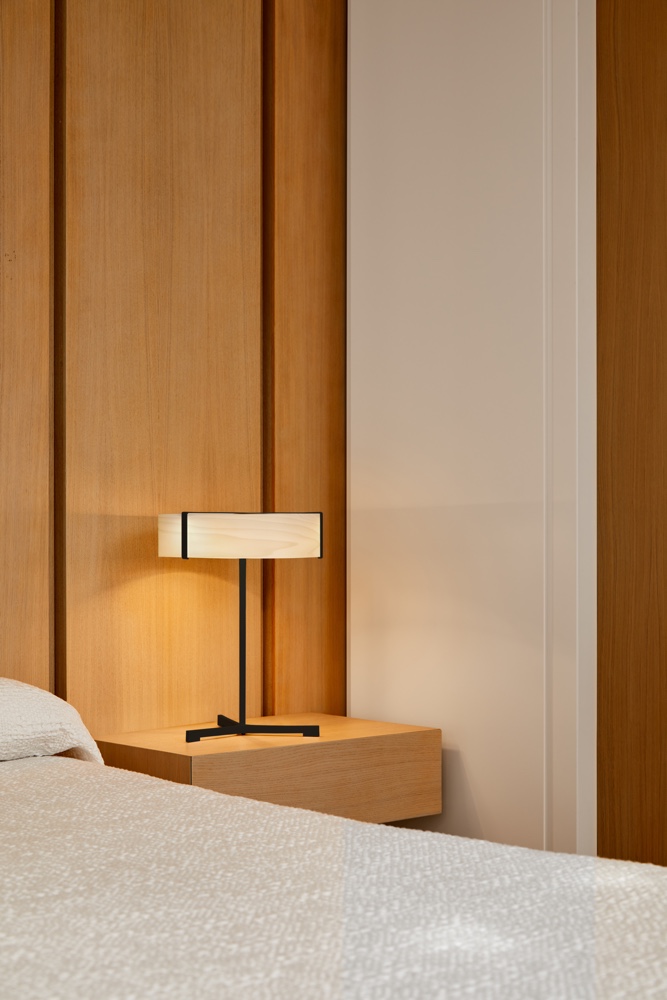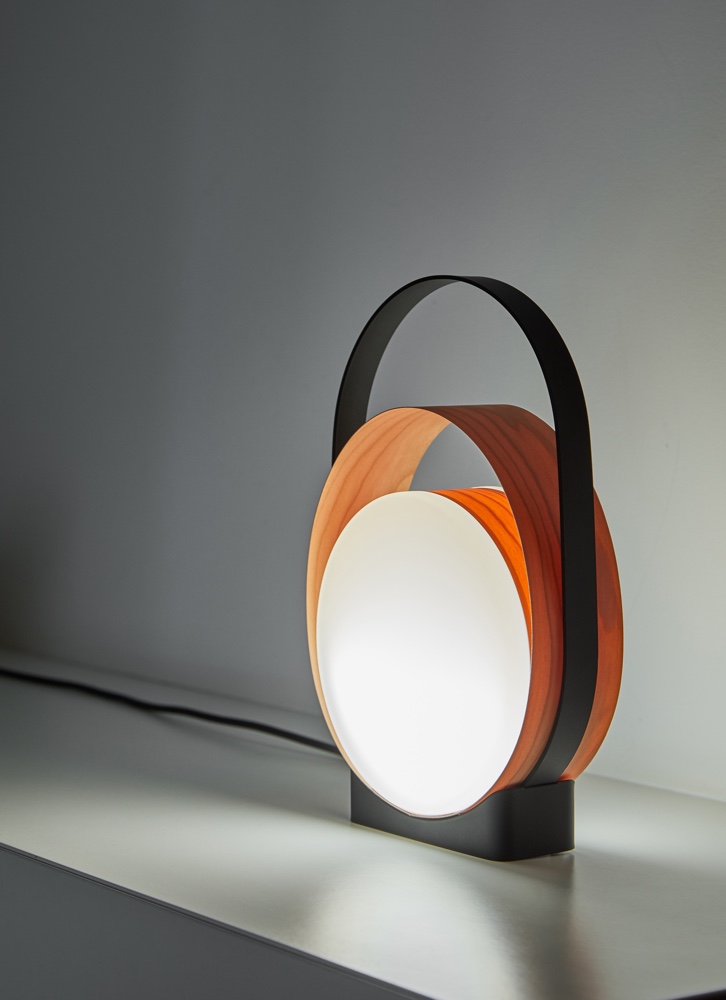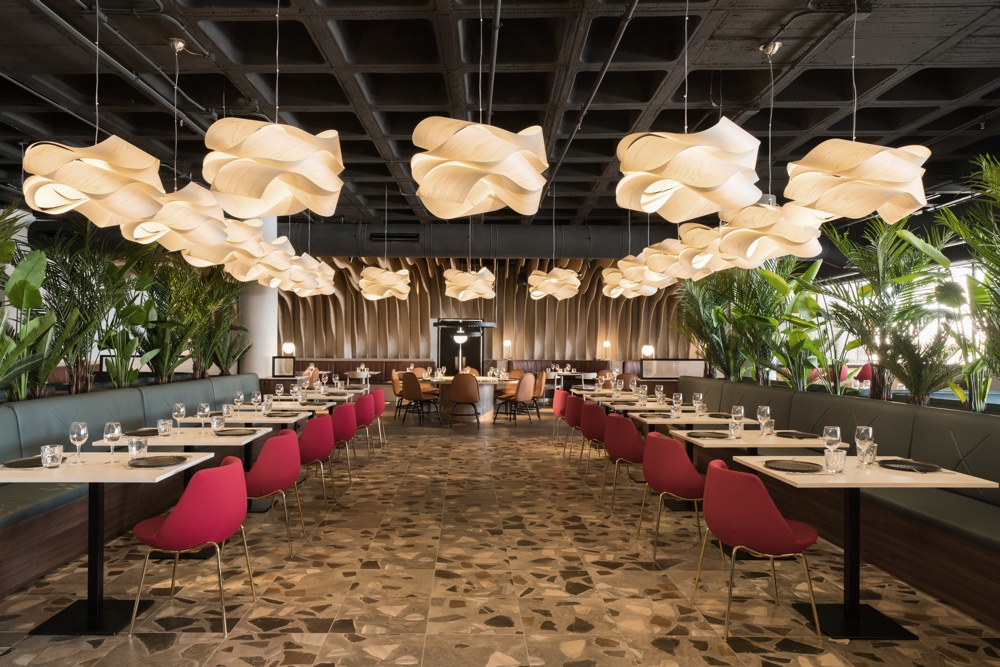If you were a bookworm from an early age and started reading under your sheets by torchlight, or hid in a dark corner looking for quietness away from your siblings, you’ve probably heard your mother saying: “you will ruin your eyesight!”. It was exciting, apart from the story in your book, the idea of staying up long after you are supposed to be asleep, or even the idea of willful disobedience; but you shouldn’t have felt guilty about your vision, your mum was wrong about that. There is no evidence that reading in poor light would cause any long-term damage to your eyes.

It is a widespread myth not only believed in by mothers. So if you are still going strong on the reading game after all these years, and you are now wearing glasses it is simply because your eyes grew old as you did. The older you get, the more light you will need to read by. At the age of 10 I am sure you could read with hardly any light at all; by the time you are 70, you might need a 1.600 lumens bulb as well as your reading glasses.
But, hold on, your mum wasn’t wholly wrong; while reading with insufficient light won’t cause a decline in vision, it can lead to eye strain causing tired or itchy eyes, headaches or blurred vision. These symptoms will not last very long, maybe one or two days, but why not try to avoid them.

So, in the search for the perfect reading light, it seems we are uncovering a few myths and whatnot.
The first image that comes to our minds when talking about reading is snuggling into our favourite chair in a dark room with a good book, a lamp and maybe a cup of tea. We also think about reading lights when we are studying, the idea of a desk and a table lamp brightly illuminating your papers in an otherwise dark room is not unusual either. It appears that the idea of a dark room is particularly appealing: it makes us feel more isolated, it favours concentration, and we might feel as if we are inside a cocoon and could transform into someone different, live someone else’s life like we were living inside our book.

But contrary to popular belief, a bright lamp in a dark room is not your best option when reading, as your eyes will get tired more easily. Your pupil has to constrict and dilate whenever you are looking at your page or setting off your eyes away from it. That is why we more often than not quickly get tired of reading at bedtime. We are probably longing for our night reading the minute we get home after a long day’s work, thinking about the enjoyment of a moment of quietness and a good story before we switch off the light to end the day. But once the moment arrives, our eyes get tired quickly and the moment doesn’t quite fit our expectations.

So what are our options? We either have two sources of light in the room or just one.
If we choose to have two lamps in the room, one should concentrate on your page, and the other one should light up the room, even if it is just with a subtle glow. You will probably want to create a soft atmosphere to feel still as if you are inside your cocoon but not in a dark room. Bright lights or bluish lights are not recommended for night reading, since they may send the wrong signals to your body, tricking it into the false recognition that it is daylight.
If we decide to have one light source only, experts always recommend translucent lampshades. They solve the problem of a dark room, as they can offer direct light wherever the reading is taking place, and at the same time cast light sideways to light the rest of the room. Back in the day, it was very common to find silk lampshades in reading rooms; but today we have far more interesting material options. Here at Lzf we proud ourselves in having developed our patented Timberlite®, a process that treats raw natural veneer converting it into an extremely flexible yet very resistant translucent material. The effect of light passing through the wood veneer is the essence and hallmark of Lzf. Thus most of our lamps would be suited to any reading area.

Our Domo suspension light with its translucent lampshade.
A suspension light like our Banga or Stitches families is perfect in those environments requiring an extra level of directional light with only one fixture: above a kitchen surface, a dining table… Other table lamps, like I-Club or Asterisco, serve well to the single source of light in a room option; they direct light downward while the wood veneer shade casts light upward and sideways.

Whatever option you choose, keep reading and indulge your eyes in the right light.

